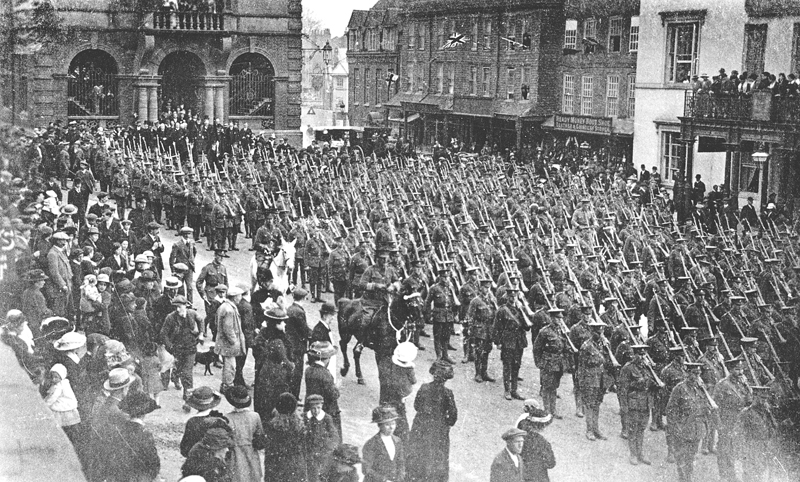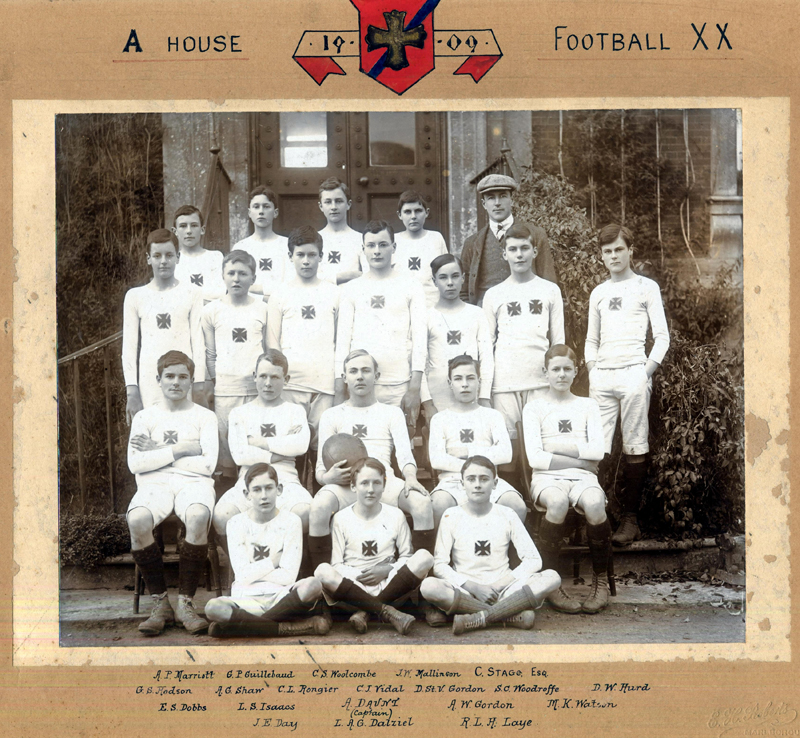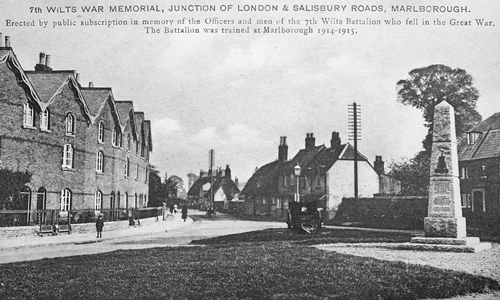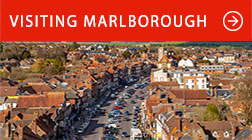
Designed by the historian Roger Day, author of the forthcoming book West Kennet Valley in the Great War, the Marlborough at War exhibition promises an insight into the critical events of the war, as well as lesser-known local events that touched the lives of people in and around Marlborough.
As a spectator, one is taken through from the outset of war – with a photograph of Archduke Franz Ferdinand and his wife minutes before his assassination – all the way to the unveiling of the Marlborough War Memorial years afterwards in 1932.
This exhibition achieves a great deal – providing anyone wishing to see this exhibition with a solid grounding in one of the most important events in history, but also humanising what can otherwise all too often become a series of facts detached from reality.
Sourcing these amazing and evocative photographs from such varied places as the Imperial War Museum all the way to Marlborough’s very own Town Hall, where the print of HMS Marlborough was found, the Marlborough History Society has created a powerful and varied display.

In tragic circumstances he was killed in action at the very spot where his bravery won him the Cross. Photographs depict him as a young man at Marlborough College and, aided by the very sobering fact that 737 soldiers who had attended Marlborough College died in the war, this becomes a vivid reminder of the individual lives of men in their prime who were lost to this catastrophic event.
Two of Sidney’s brothers, Leslie and Kenneth, also died in action, lending a haunting pathos to the display.
We also learn about Marlborough’s contribution towards the war effort. The 7th Battalion The Wiltshire Regiment were stationed in Marlborough for six months to train, finding billets in various buildings within the town.
The 7th Battalion went on to fight in Salonika as part of the British Army’s involvement in Macedonia aimed at protecting neutral Greece from Austria and Bulgaria. A photo from the collection shows the 7th Battalion outside the College cricket pavilion, and another in the high street outside the Town Hall, being waved off by the locals.
It is clear the battalion was warmly welcomed and accommodated in the town. It became for six months a huge part of Marlborough life, affecting the way the town adapted, like all places in Britain, to the huge upheaval caused by the war.
This display gives a wonderful insight into how the war affected the people, and the day-to-day functioning, of Marlborough and the surrounding areas. Anyone wishing to delve a little further into Marlborough’s significance in the Great War, and interested in seeing a town we all know so well as we have never seen it before, will find this collection a treat.

Revealed through these photographs is the humanity of a well-known history, and in a year that marks the centenary of the outbreak of the First World War, we would all do well to regain a sense of intimacy with the past. This display does a great job in humanising the history of the war from a distinct local perspective.
The exhibition is open at St Mary’s Church 9.00am to 5.00pm – Monday, 8 September to Sunday, 14 September.








